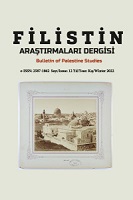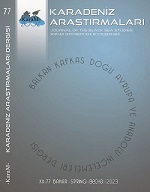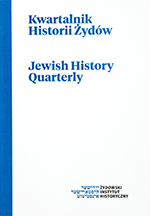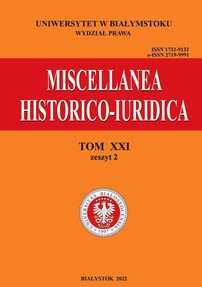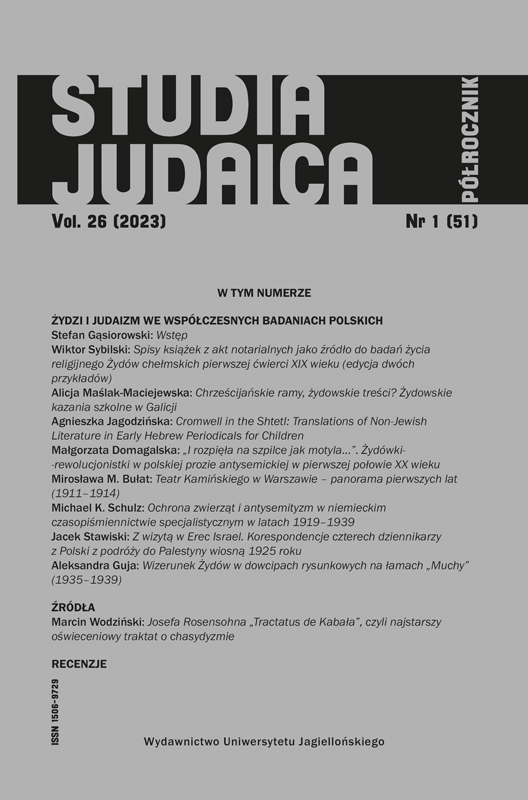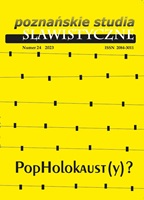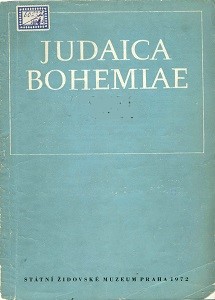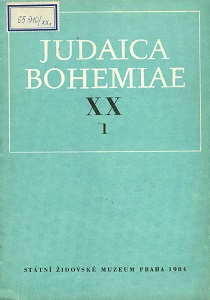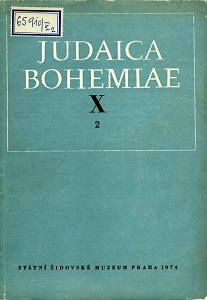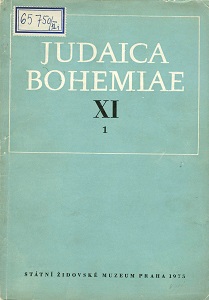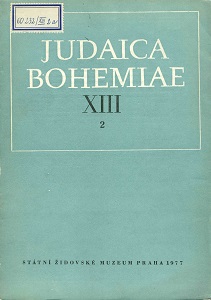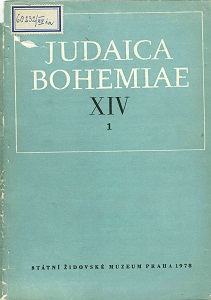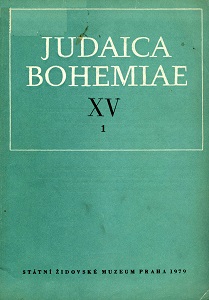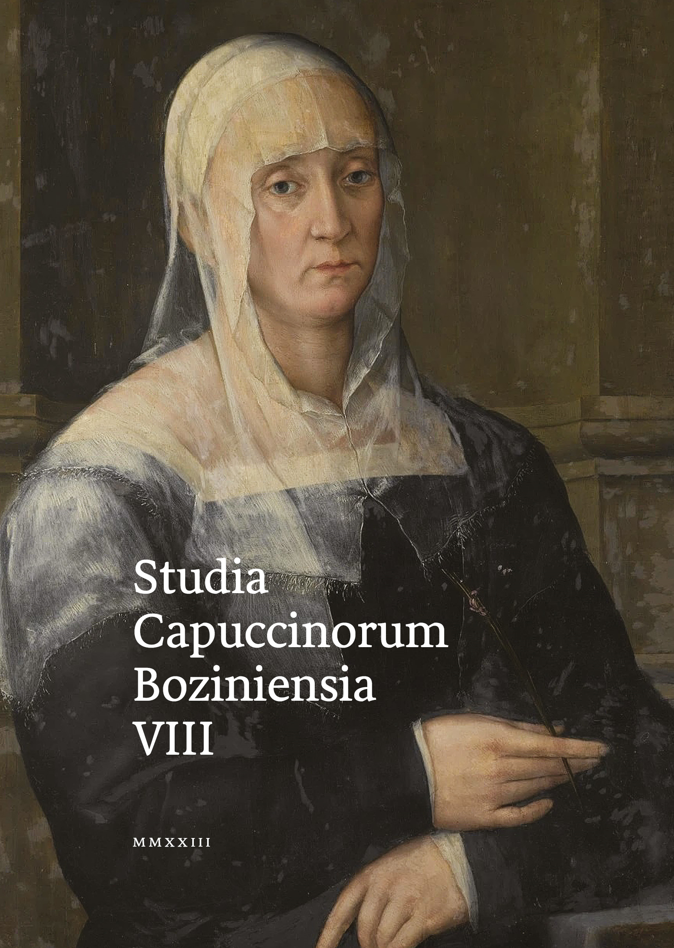
„Nechaj vstúpiť do svojho stredu bohatstvo národov“ (cf. Iz 60,11). Dialóg antického Izraela s okolitými kultúrami
The purpose of this contribution is to show that Ancient Israel continuously borrowed important religious and cultural elements from its neighbors. Without attempting to be exhaustive, we pinpoint various influences from Canaan, Egypt, Mesopotamia and Greece on Ancient Israel. Canaanite religion, Egyptian Wisdom, Mesopotamian covenant diplomacy, prophetism, legislation and scribal culture, and Greek paideia help us understand better biblical literature which never developed in a ivory tower, but adopted and adapted rather than rejected the best that those cultures had to offer.
More...
